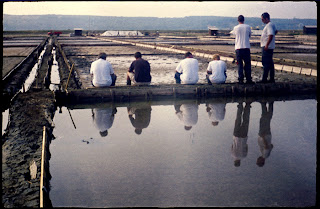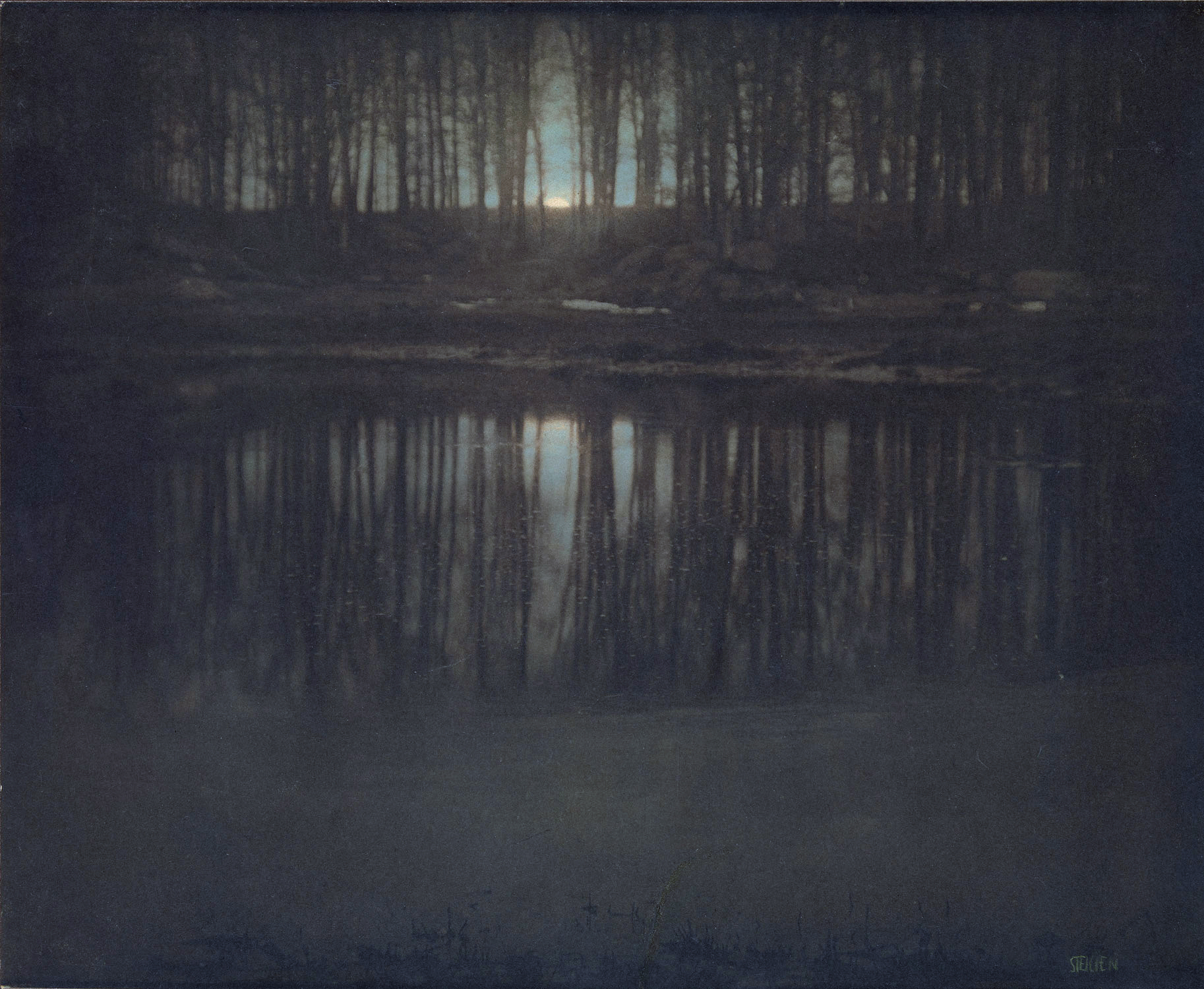Last Monday column I wrote about analogue photography as
escape from digital world. In this
column I will tell about things in analogue photography that differentiate analogue
photography from modern digital world and which I love.
You are already familiar with all sorts of digital and
electronic helps and shortcuts found in modern digital and not so modern
analogue cameras. A few classical photographic electronic helps found already
in cameras made in 70-ties and before. We are all familiar with metering in our
cameras, P, A, T (S), and M modes. Aperture and shutter speed is controlled electronically
from mid-seventies Canon AE1 camera or maybe even before that. Now days you
have face recognition, smile shutter, all kinds of scene modes that help
consumers, amateurs (not that I underestimate amateur photography and “casual” photographers)
and people who know nothing about photography except phrase “smile” or “cheese”
and then they press shutter button in one move, all way down... There are all
sorts of these so called scene modes; from helpful like portrait, landscape and
action, to downright bizarre ones like candlelight, sunset, food, party, or
even pet scene modes. And then are so-called effects, for people who are not
familiar with post production, like B&W and sepia, or effects that simulate
some legacy film emulsions, or even pin-hole effect, and so on... Better I don’t
write about live view and video in modern cameras. Sure I missed plenty of
them.
Electronics, firmware and hardware are developing in very high
pace. So every year we have new “useful” features. Some are turning out useful
and most of them really are not. Some of this year’s “new photographic”
features are: Wi Fi incorporated in camera, so you can control camera by your
phone, and wirelessly transfer images, camera equipped with phone android
operating system, so you could benefit with all sorts of application, useful or
not, for your camera. And also you can share freshly taken photos on your favourite
social network... But feature that stroke me most is that on one of new camera that
was presented from giant in consumer electronics at Photokina last week. It is called
Auto Portrait framing function. When it’s
enabled the camera use face detection to locate your subject, crops the image
based on a rule-of-thirds, and resample the picture back up to the same
resolution as is the original shot. Effectively camera decides about framing instead
of you!!! Where this is going I think don’t need to tell.
So whatever these are useful, helpful and needed photographic
tools, I prefer a purist way of taking photographs. With all manual and mechanical
way of controlling my camera. So when I’m taking pictures and they didn’t turn
out in the way I wanted to, it’s only my fault. I prefer working with my light
meter, manually turning knob to specific shutter value, turning the aperture
ring on selected f stop, zone focusing and manually rewind the film... And then,
when I press the shutter button, it’s a pure mechanical joy!















